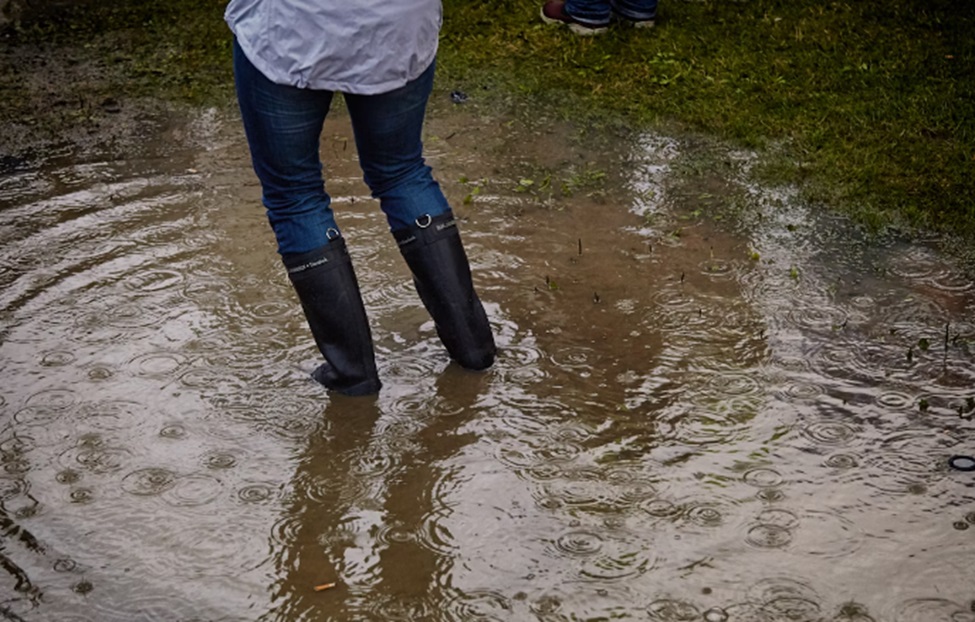Water damage can wreak havoc on your home, causing structural damage, mold growth, and potential health hazards if not addressed promptly and effectively. Whether the damage is due to a burst pipe, a leaking roof, or a natural disaster, managing water damage restoration requires careful planning, swift action, and attention to detail.
To help you navigate the challenges of water damage restoration and minimize its impact on your home and health, here are five essential tips to guide you through the process.
Act Quickly and Mitigate Further Damage
Time is of the essence when it comes to emergency water damage restoration. As soon as you discover water damage in your home, it’s crucial to act quickly to mitigate further damage and prevent mold growth. Begin by identifying and addressing the source of the water intrusion, such as a leaking pipe or a roof leak.
Turn off the water supply if necessary to stop the flow of water and prevent additional damage. Remove standing water using pumps, wet-dry vacuums, or towels to prevent it from seeping into walls, floors, and furniture.
Prioritize Safety and Health
Safety should always be your top priority when managing water damage restoration. Water damage can create hazardous conditions, such as slippery floors, electrical hazards, and structural instability.
Turn off the power to affected areas to prevent electrical shocks or fires. Wear protective gear such as gloves, goggles, and respirators to guard against contamination and airborne particles. If the water damage is extensive or poses health risks, consider hiring professional restoration specialists who have the training, equipment, and expertise to handle the situation safely and effectively.
Document the Damage and Contact Your Insurance Company
It’s essential to document the extent of the water damage and contact your insurance company as soon as possible to initiate the claims process. Take photographs or videos of the damage before beginning any cleanup or restoration efforts to provide evidence for your insurance claim.
Keep detailed records of all communication with your insurance company, including claim numbers, adjuster contact information, and copies of correspondence. Be prepared to provide a detailed inventory of damaged items, including descriptions, photographs, and estimates of their value.
Remove Damaged Materials
Once you’ve addressed safety concerns and documented the damage, it’s time to begin removing damaged materials and drying out the affected area. Remove waterlogged carpeting, padding, insulation, drywall, and any other porous materials that cannot be salvaged.
Dispose of damaged materials properly according to local regulations and guidelines. Use fans, dehumidifiers, and air movers to facilitate air circulation and speed up the drying process. Monitor humidity levels and moisture levels regularly to ensure that the area is drying properly and to prevent mold growth.
Seek Professional Restoration Assistance
While you may be able to address minor water damage issues on your own, more extensive or severe damage may require professional restoration assistance. Professional restoration specialists have the training, experience, and equipment to handle water damage restoration projects of any size or complexity.
They can conduct thorough assessments, develop customized restoration plans, and implement industry-standard techniques including structural foundation repair to restore your home to its pre-damage condition.

